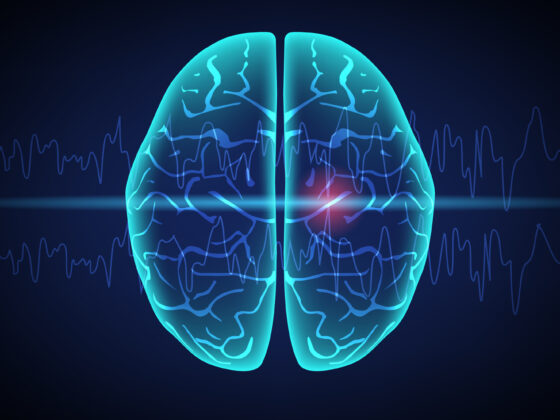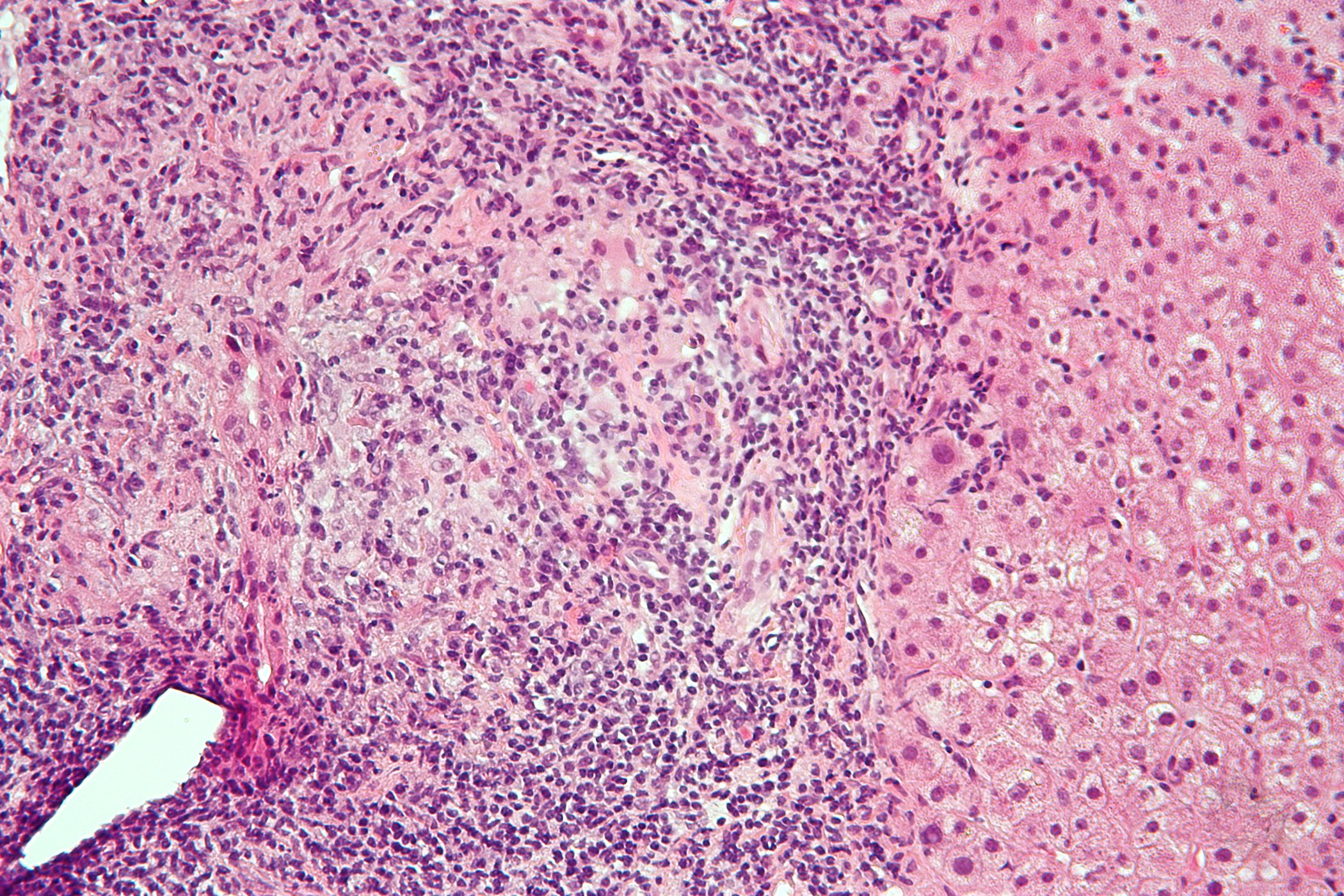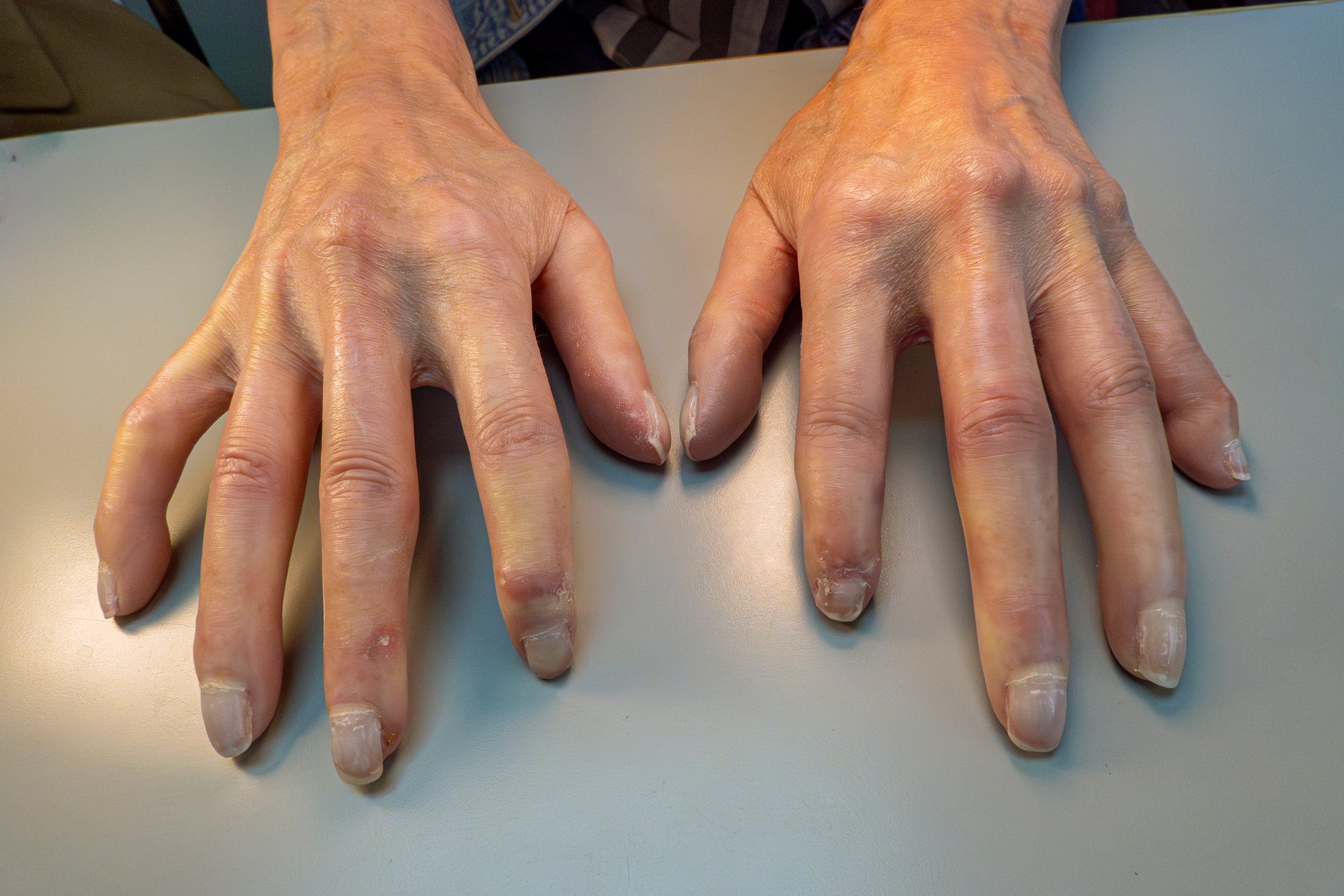Most asthma guidelines were developed for medical specialists and are very comprehensive and complex. The A2BCDscheme was developed to facilitate the implementation of important recommendations in primary care. This is intended to make guideline-based diagnosis and treatment more practicable for GPs by simplifying the most important aspects of modern, evidence-based asthma management.
Prof. Dr. Marek Lommatzsch, Senior Consultant at the Department of Pneumology, University Medicine Rostock, and first author of the publication on the A2BCDscheme published in Lancet Respiratory Medicine, summarized the most important points in his presentation [1,2]. “Asthma therapy today is symptom-preventive, we can achieve remission in all degrees of severity,” said the speaker [1]. Asthma therapy has changed fundamentally in recent decades [3]. Nowadays, highly effective anti-inflammatory drugs are available (disease-modifying anti-asthmatic drugs, DMAADs), which intervene specifically in the inflammation with few side effects. DMAADs include the lowest possible doses of inhaled steroids (alone or in combination with long-acting bronchodilators), biologics and allergen immunotherapy [3]. An important prerequisite for the successful use of these preparations is precise diagnostics and phenotyping of the patients. In addition to DMAAD therapy, asthma management must also take into account basic measures and the treatment of typical comorbidities. The acronym A2BCDstands for the most important pillars of modern asthma management [2].
Asthma diagnosis and phenotype
Optimal asthma treatment requires good diagnostics. The “A²” refers on the one hand to the diagnosis and phenotyping and on the other hand to the assessment of current asthma control and the risk of future exacerbations. When taking a medical history, it is important to distinguish between “early-onset” asthma (typically associated with allergies) and “adult-onset” asthma [1]. With regard to the assessment of lung function, reversibility is checked in patients with an obstruction. If there is no obstruction, a provocation test or an ambulatory “peak flow” measurement is performed. If the latter is above 20%, this is indicative of asthma, according to Prof. Lommatzsch [1]. The second “A” is about assessing the control of the asthma and the risk of the patient getting out of control. Type 2 biomarkers are crucial for this: blood eosinophils, exhaled NO (FeNO), allergology. An eosinophil count >300 and an FeNO >50 indicate high type 2 activity and an associated risk of exacerbation, emphasized the speaker.
Basic measures, comorbidities and antiasthmatics (DMAAD)
For successful asthma therapy, it is also important to consider the basic measures (“B”), as Prof. Lommatzsch emphasized [1]. This is a particularly important aspect in the GP setting. On the one hand, it is crucial that patients receive instructions on how to inhale correctly. On the other hand, education regarding lifestyle factors (e.g. physical training, respiratory physiotherapy, tobacco cessation, weight reduction and pneumological rehabilitation) is also important. The latter are closely interlinked with the “C”, i.e. the recognition and treatment of typical asthma comorbidities, such as upper respiratory tract diseases, obesity or sleep apnea syndrome. The regimen is rounded off by modern drug therapy with disease-modifying anti-asthmatic drugs (DMAADs ) with the aim of achieving asthma remission, i.e. long-term freedom from symptoms and exacerbations and stable lung function without the use of systemic steroids, which have many side effects.
Congress: Internist update
Literature:
- “Pneumology”, Prof. Dr. med. Marek Lommatzsch, DGIM Internists Update Seminar, 10-11.11. 2023, Wiesbaden/Livestream.
- Lommatzsch M, et al: A2BCD: a concise guide for asthma management. Lancet Respir Med 2023; 11(6): 573-576.
- Lommatzsch M, et al: Diseasemodifying anti-asthmatic drugs. Lancet 2022; 399(10335): 1664-1668.
HAUSARZT PRAXIS 2024; 19(1): 18 (published on 18.1.24, ahead of print)













